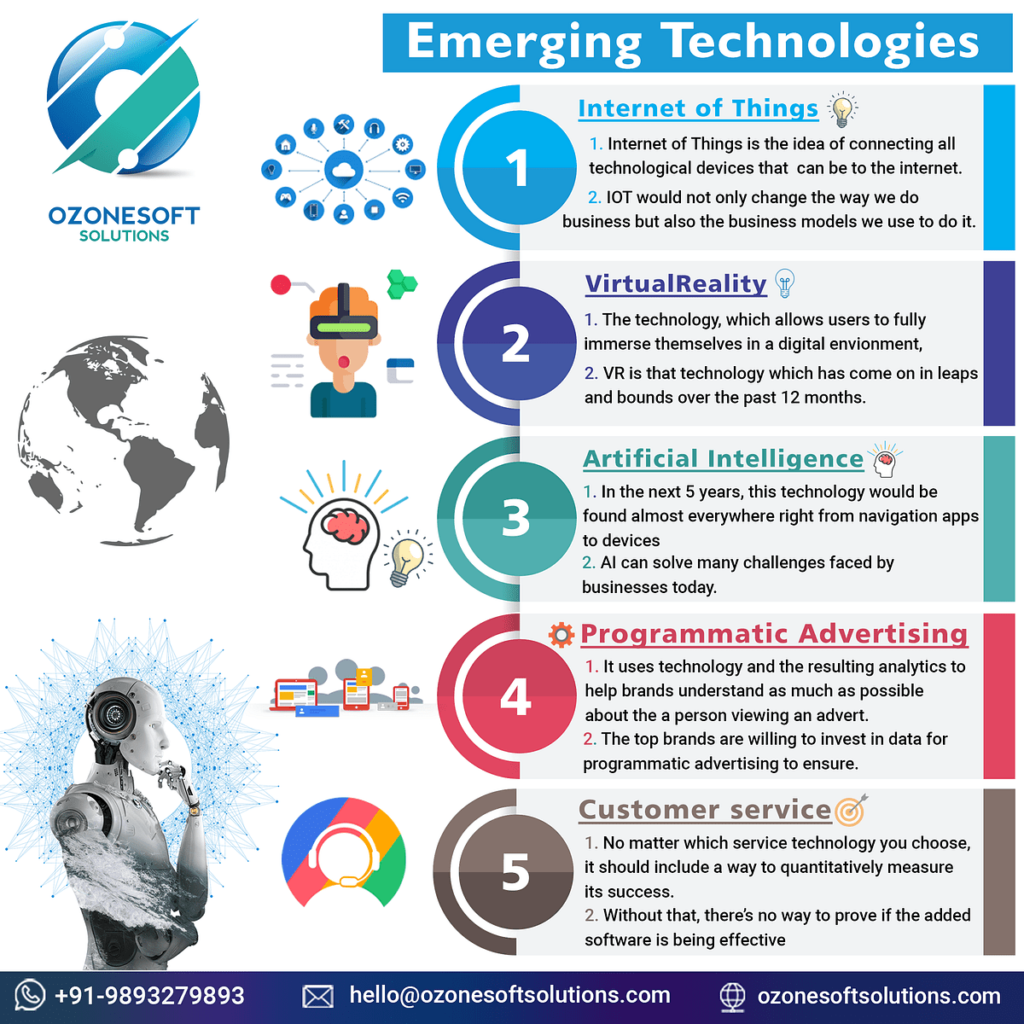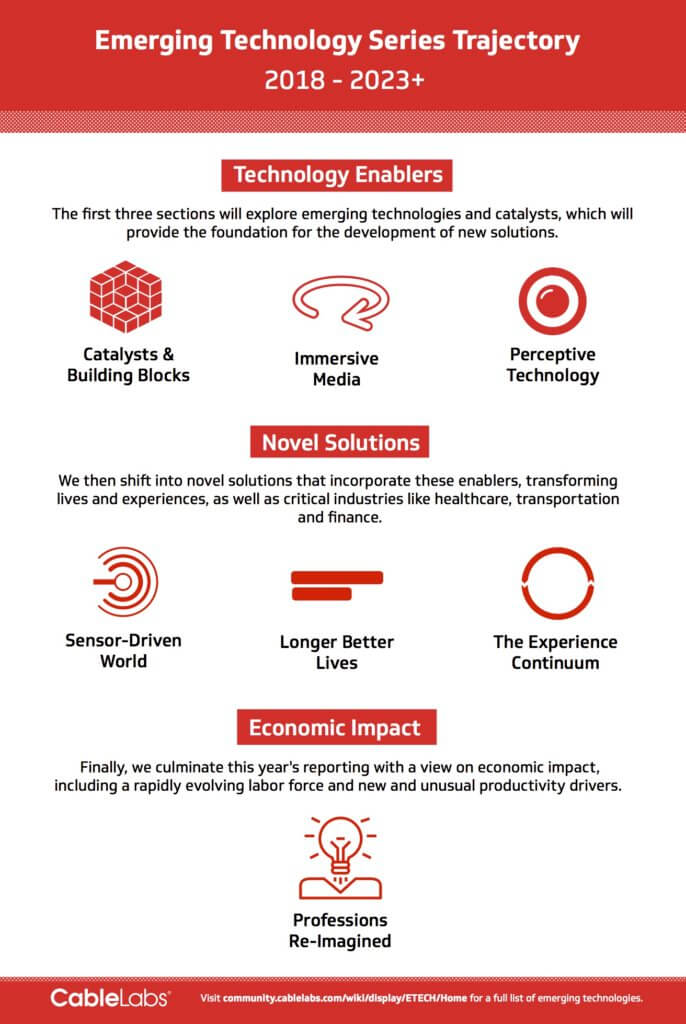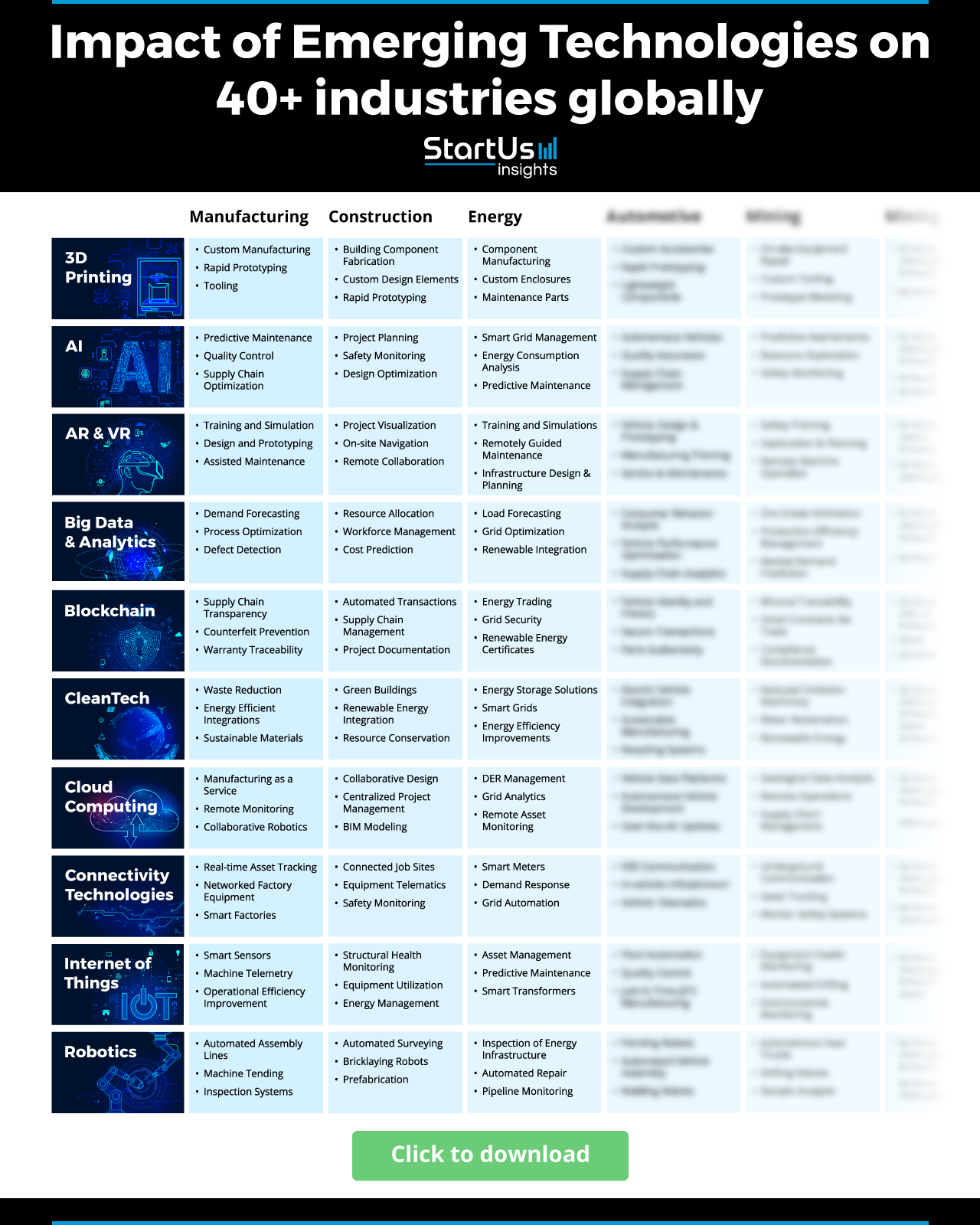In today’s rapidly advancing technological landscape, emerging technologies are being seamlessly integrated into various real-world applications across industries. From artificial intelligence optimizing supply chain management to blockchain revolutionizing secure financial transactions, the potential benefits of these innovative technologies are diverse and abundant. Let’s delve into some successful use cases of emerging technologies and explore how they are shaping the future of our world.
Exploring Successful Use Cases of Emerging Technologies in Real-World Applications
Have you ever wondered how emerging technologies are shaping the future of real-world applications? I find it fascinating to see how innovative solutions are transforming various industries and everyday life. In this article, I will explore some successful use cases of emerging technologies and how they are being applied in practical, real-world scenarios.
Internet of Things (IoT) in Smart Cities
The Internet of Things (IoT) has revolutionized the way cities operate and deliver services to their residents. With IoT devices and sensors connected to a central network, cities can collect real-time data on various aspects such as traffic flow, air quality, waste management, and energy consumption. This data is then used to optimize city services, reduce costs, and improve overall quality of life for residents.
For example, in Barcelona, Spain, IoT sensors are embedded in public transportation to track the location of buses in real-time. This information is then used to provide accurate arrival times to passengers through a mobile app, reducing wait times and improving the overall commuting experience.
Artificial Intelligence (AI) in Healthcare
Artificial Intelligence (AI) is transforming the healthcare industry by providing valuable insights into patient data, improving diagnostics, and personalizing treatment plans. AI algorithms can analyze vast amounts of medical data to identify patterns and predict outcomes, helping physicians make more informed decisions.
One successful use case of AI in healthcare is IBM Watson Health’s collaboration with Memorial Sloan Kettering Cancer Center. Watson for Oncology uses AI to assist oncologists in creating personalized treatment plans for cancer patients. By analyzing patient records, medical literature, and clinical trial data, Watson for Oncology provides evidence-based treatment recommendations, helping oncologists deliver more effective care.

Augmented Reality (AR) in Retail
Augmented Reality (AR) technology is revolutionizing the retail industry by enhancing the shopping experience for customers. With AR applications, customers can virtually try on clothing, visualize furniture in their homes, and see product demonstrations before making a purchase. This technology bridges the gap between online and offline retail, providing a more immersive and interactive shopping experience.
One example of successful AR implementation in retail is the IKEA Place app, which allows users to preview furniture and home decor in their homes through their smartphone camera. Customers can see how items look and fit in their space before making a purchase, reducing the likelihood of returns and increasing customer satisfaction.
Blockchain in Supply Chain Management
Blockchain technology is revolutionizing supply chain management by providing transparency, traceability, and security in the movement of goods and services. With blockchain, every transaction and data point in the supply chain is recorded on a secure, decentralized digital ledger, ensuring that information is accurate and tamper-proof.
A successful use case of blockchain in supply chain management is Walmart’s implementation of the technology to track the movement of food products from farm to store. By leveraging blockchain, Walmart can quickly trace the origin of contaminated food items, reduce food waste, and ensure food safety for consumers.

Virtual Reality (VR) in Training and Education
Virtual Reality (VR) is transforming training and education by providing immersive and interactive learning experiences. VR simulations enable trainees to practice skills in a realistic environment, enhancing learning outcomes and retention. In the education sector, VR technology allows students to explore historical sites, conduct virtual science experiments, and engage in interactive lessons.
One successful use case of VR in training is the United States Navy’s implementation of VR simulations for sailor training. Sailors can practice complex maneuvers, emergency procedures, and maintenance tasks in a virtual environment, enhancing their skills and readiness for real-world scenarios.
3D Printing in Manufacturing
3D Printing technology is revolutionizing the manufacturing industry by enabling rapid prototyping, customization, and on-demand production. With 3D printers, manufacturers can create complex and precise objects layer by layer, reducing production time and costs. 3D printing is used in various industries such as aerospace, automotive, healthcare, and consumer goods.
One successful use case of 3D printing in manufacturing is Adidas’ Futurecraft 4D shoes, which are customizable based on an individual’s foot measurements. Using a digital model of the customer’s foot, Adidas can create a unique shoe design and 3D print it using innovative materials, providing a personalized and comfortable fit for each customer.

Conclusion: Embracing Innovation for a Better Future
Emerging technologies are driving innovation and reshaping industries across the globe. By exploring successful use cases of technologies such as IoT, AI, AR, blockchain, VR, and 3D printing, we can see how these technologies are being applied in real-world applications to improve efficiency, enhance experiences, and drive positive change.
As we continue to embrace innovation and leverage emerging technologies, we can create a better future for ourselves and future generations. Whether it’s revolutionizing healthcare, enhancing retail experiences, improving city services, or transforming manufacturing processes, emerging technologies have the power to propel us into a more connected, efficient, and sustainable world. So, let’s continue to explore, experiment, and innovate to unlock the full potential of these technologies in our everyday lives.